During the millions of years they've been on earth horseshoe crabs have developed a trick that can save our lives even now — and may be especially useful in the fight against healthcare-associated infections.
The living fossils we call horseshoe crabs are not real crabs, and are more related to arachnids than to crustaceans. They have survived for 450 million years. They face threats from human activity, but these alien-looking arthropods are still an integral part of ecosystems today. And while they're harmless to us, some unusual defenses make them pretty threatening to pathogens.
In the fight against our own healthcare-associated infections — HAIs — horseshoe crabs may be the most experienced doctors we've got.
In 1956, researcher Fred Bang made a historic discovery about horseshoe crab's strange blue blood. Fred Bang discovered the horseshoe crab's clotting mechanism that contains bacterial infections — and it turned out to work even outside the crab's body.
The blood cells (hemocytes) in a horseshoe crab's blood detect bacterial endotoxins and cluster around them. The hemocytes, which are amoebocytes — cells that can move and crawl around using pseudopodia, cellular projections that act like tiny legs — contain coagulagen, which they release from the cell on encountering endotoxins.

While for the crab the hemocytes contain infections, scientist found that for us they help detect them. These proteins are used in a set of tests, called LAL or TAL tests, which involves placing a sample in a mix of water and Limulus amebocyte lysate (LAL) or Tachypleus amebocyte lysate (TAL), which contains chemicals from inside burst blood cells of the crab. Limulus refers to the Atlantic horseshoe crab genus, while Tachypleus refers to the Southeast and East Asian genus; both have this ability. The liquid coagulates if the sample contains bacteria. This coagulation tells medical practitioners that the patient has an infection, and enables better treatment.
After decades of horseshoe crabs' assistance in detecting infections, in the past few years, scientists have paid more attention to ways horseshoe crabs can help us fight infections, too.
About 80% of bacterial infections in humans are from biofilms, and that's part of what makes them so dangerous. Biofilms have their own guards against antibiotics that differ from other forms of antibiotic resistance. It is difficult for antibiotics to get far past the surface of the biofilm in the first place, and they can grow carefully in ways that make them slow but tough. They can adapt to environmental stresses like limited nutrients, and grow specialized persister cells that can survive antibiotic treatments and reform colonies.
However, antibiotics specially equipped to fight biofilms can be made — from lysates of horseshoe crab blood. That could become a powerful and unusual weapon against multiply-resistant infections like many of the HAIs we're facing.
These antimicrobial peptides (AMPs) in horseshoe crab blood have been found to fight the biofilms of Staphylococcus and Pseudomonas aeruginosa. The nature of how they work means they could be effective against multiple types of pathogens, and in multiple ways.
For one thing, they can keep pathogens from latching on to surfaces. They can change the surfaces themselves, mess with the pathogens' ability to swim with flagella, create "twitching motility" which is a kind of motility (coordinated motion of a bacteria swarm) that ends up disassembling biofilms, and bind to microbes' surfaces with electrostatic interactions.
They can also put a hold on biofilm growth by killing the early colonizers or keeping the bacteria from coordinating to build it by stopping quorum sensing, a communication system bacteria use.
The authors of the paper describing those mechanisms said, "the data shows a great potential for application of AMPs in biotechnology for developing novel therapeutic agents that are either alternative or complementary to conventional antibiotic therapy to combat multi-resistant pathogens." As we race to make new antibiotics, it may be something ancient instead that gives us the edge against pathogens.
As scientists keep finding medical advances in unexpected places, they are also searching for ways to use that gift with less effect on the source. Preserving biodiversity becomes even more urgent with the medicine we can find in nature, some of which may still be unknown.
While the extraction of horseshoe crab blood is meant to be harmless, recently we've learned it has a higher toll than we thought, or than LAL manufacturers have claimed. Fatality rates after horseshoe crab milkings may be as high as 10–15% or even 30%.
There are some newer tests that may replace at least the bacteria-detecting role of LAL and TAL, which are not made from horseshoe crab blood. One is recombinant factor C — synthetic version of Factor C, a clotting factor in horseshoe crab blood, from cloned DNA. Another uses human blood. It's called the monocyte activation test (MAT), also known as the in-vitro pyrogen test, and it may eventually detect non-endotoxin bacteria that horseshoe crab blood can't reveal. Scientists continue to develop those methods so they can be more reliable and widely used, while also searching for other alternatives.
Hopefully, we can develop a practical and widely-used synthetic version of what we get from horseshoe crab blood that does its work without having to disrupt horseshoe crab populations. Preservation of their habitats and the prevention of overfishing are also vital to them and their ecosystems.
If we can avoid harming them, I doubt horseshoe crabs will face much they can't survive. Even after Hurricane Sandy, they seemed less rattled than most people. A class from my New Jersey high school was studying the importance of horseshoe crabs for migrating shorebirds, and we went on a field trip to a beach with dozens trapped in debris from the storm. When we started working to free them, I expected to find more of them dead than alive. But the vast majority waved their spidery legs in the air and hurried back to the sea as soon as we set them on their feet again.
Horseshoe crabs have been on this planet for millions of years, and they more than deserve to see millions more. Maybe we can keep learning from them in a less invasive way. That would be a chance to start repaying our arthropod friends for the unexpected help they keep giving.
Just updated your iPhone? You'll find new emoji, enhanced security, podcast transcripts, Apple Cash virtual numbers, and other useful features. There are even new additions hidden within Safari. Find out what's new and changed on your iPhone with the iOS 17.4 update.
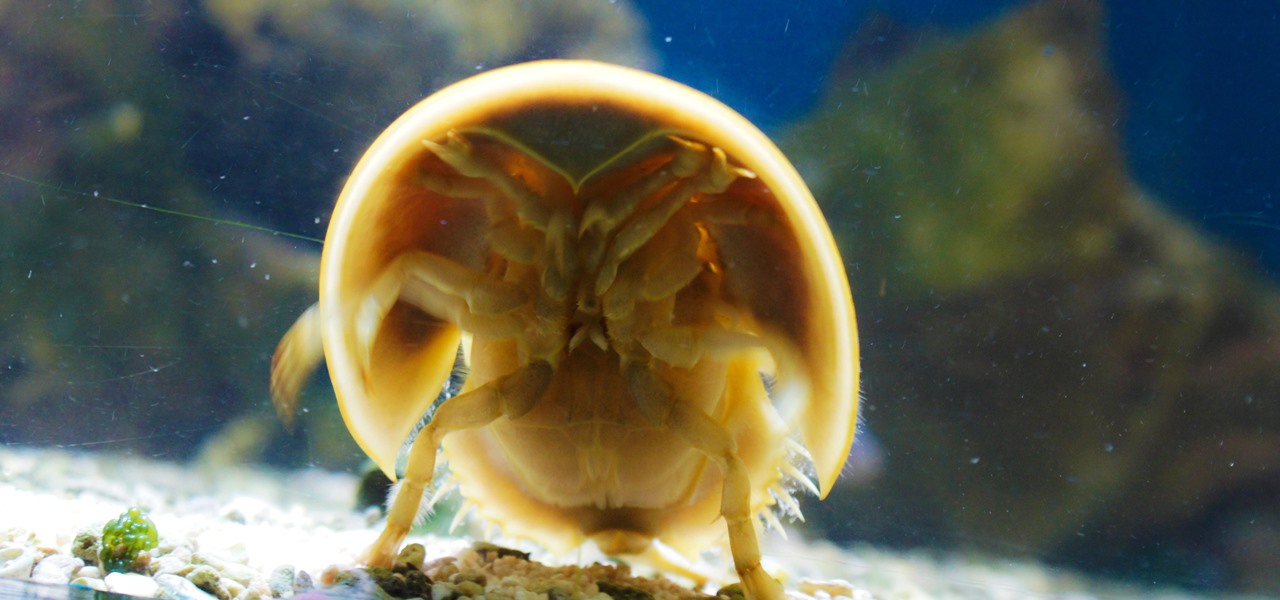









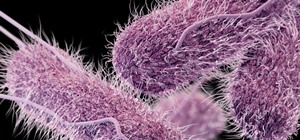





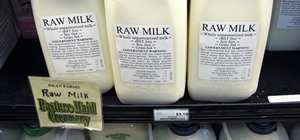
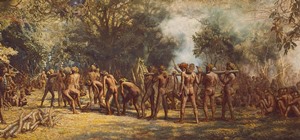


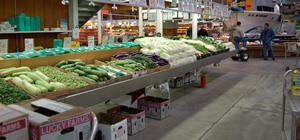

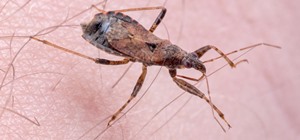

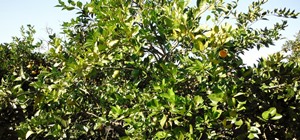

Be the First to Comment
Share Your Thoughts